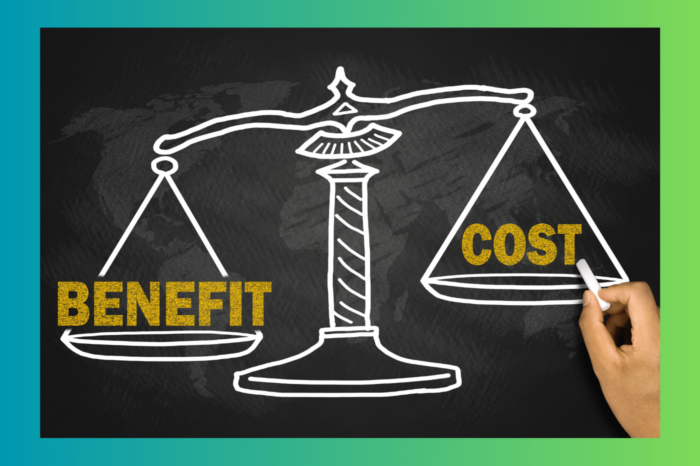New Report Explores Impact of Welfare Benefit Cliffs
Evidence is mixed on whether lost benefits that exceed earnings serve as a disincentive to work
BOSTON — In a new review, Pioneer Institute finds that in some states welfare benefit cliffs can act as a disincentive to work and that social safety net programs could be improved.
In “Benefit Cliffs: A Literature Review on Welfare Structures as a Disincentive to Work,” Pioneer researcher Aidan Enright examines the extent to which complicated federal and state requirements related to welfare programs can provide a disincentive to employment or to working additional hours.
The paper recommends coordinating eligibility across programs, revising rigid benefit allotments and income eligibility requirements so that offramps are more gradual, and differentiating programs by demographics such as children, the disabled, and the elderly.
“The goal of public assistance programs is to provide support for the needy and gradually to transition those who are capable back to greater self-sufficiency,” said Pioneer Executive Director Jim Stergios.
Low-income families and individuals must navigate a complex web of state and federal programs with differing income and eligibility requirements to either gain the income they need or supplement their existing income to meet basic needs.
The study covers assistance for public housing, school breakfast and lunch, health insurance, energy costs, and food stamps. In some programs, benefits decrease slowly as income rises, while others wind down more abruptly.
Benefit cliffs are often measured by marginal tax rates — the percentage of additional earnings that are unavailable to a worker because they are either being paid in taxes or offset by benefit reductions. Marginal rates can vary depending on the interaction between state and federal programs.
Consider, for example, the marginal tax rate for a recipient of Temporary Assistance to Needy Families (TANF) and Supplemental Nutritional Assistance Program (SNAP) whose income rises from 100 percent to 150 percent of the Federal Poverty Level. In Nevada, that person’s marginal tax rate would be 27 percent, but in Colorado it would be 104.7 percent — meaning that their net income would actually fall.
The reported incidence of benefit cliffs depends on the models used in studies. Some assume that individuals are enrolled in all the programs for which they are eligible. Massachusetts has higher-than-average take-up rates, in part because of looser eligibility requirements and more generous benefits.
However, there are many people in every state, including Massachusetts, who are not enrolled in programs for which they are eligible.
Studies show that in some states very few recipients of public benefits make decisions based on potential cliffs, while in Colorado 34 percent of recipients strategize to avoid the cliff effect.
The report also notes that childcare is a central issue when it comes to the behaviors of working parents. A Federal Reserve Bank of Boston study found that increasing childcare subsidies would reduce the effects of benefit cliffs and significantly reduce the hourly wage needed to cover basic costs.
“Data clearly show that work leads to financial gains over the long term,” Enright said. “But benefit cliffs may present a short-term obstacle.”



